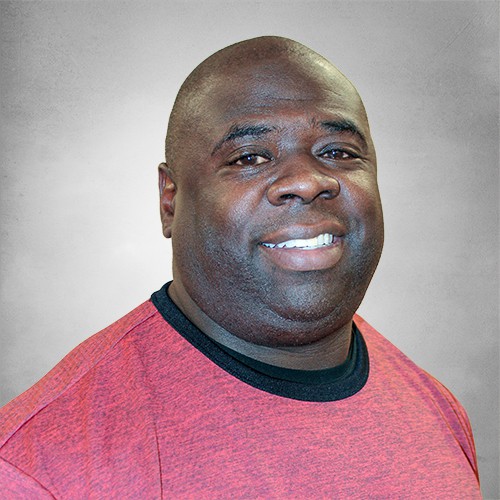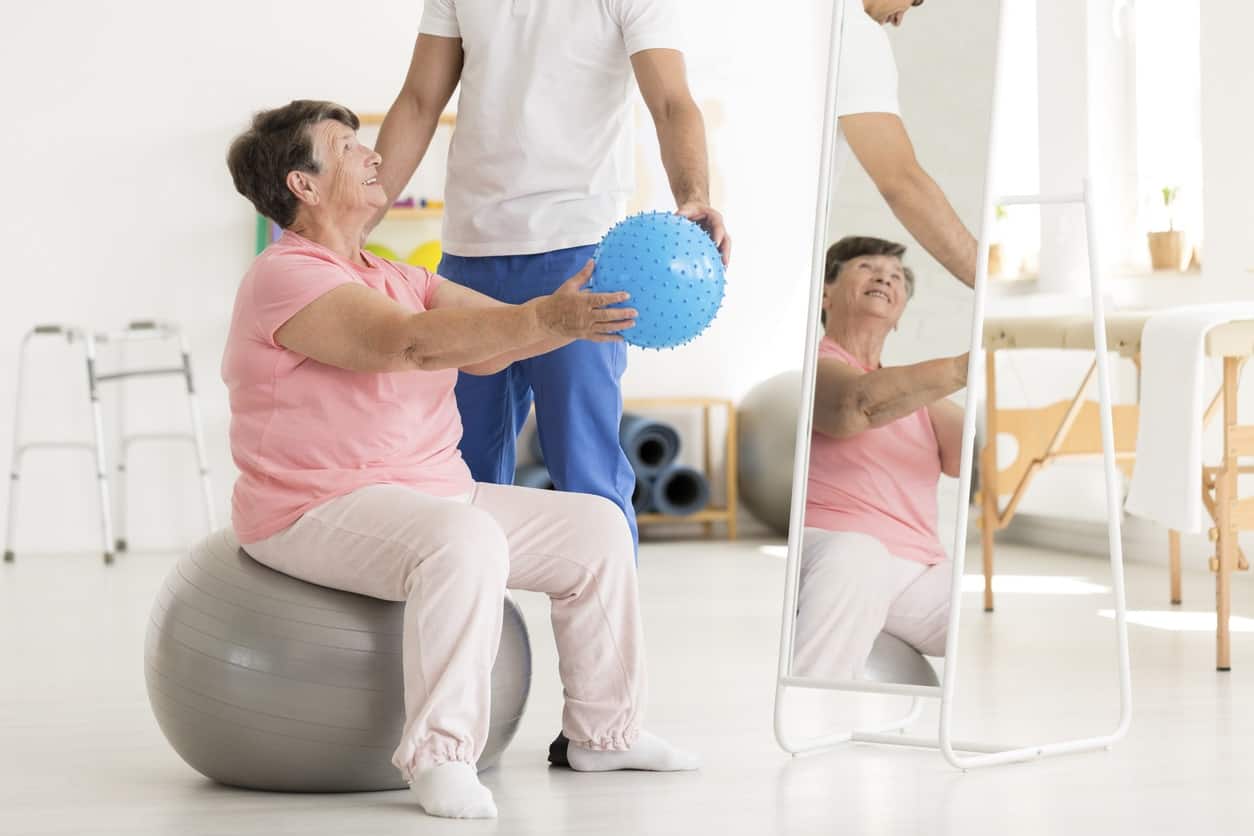Learning to exercise properly, with good technique and correct use of equipment, can help you build strength while preventing injury.
Regional One Health’s Post-Rehab Wellness Program combines the expertise of physical therapists and certified personal trainers to give patients the knowledge they need to get fit the right way.
It’s a great way for athletes to improve their performance, or for patients overcoming a minor or serious injury or illness to get back to their normal activities.
Regular exercise is one of the best ways to stay healthy and active for life – but doing so without injury can be a challenge.
At Regional One Health, the Post-Rehab Wellness program combines physical therapy and personal training to help patients improve their fitness safely, whether they’re recovering from an illness or injury, addressing day-to-day concerns, or trying to improve athletic performance.
Program Manager Kenneth Robinson, a certified personal trainer, said patients benefit from two types of expertise. “It’s unique to have access to a personal trainer who can develop an exercise plan around your goals, plus the medical side of it with physical therapists who can help if you experience any soreness or concerns,” he said.
Robinson starts by assessing patients and asking about their goals and concerns. He encourages them to look at improving their fitness as a long-term project, and then designs a training program that helps them get there safely.

Post-Rehab Wellness Program Manager Kenneth Robinson noted, “We teach patients to exercise safely, and if they have hiccups, we can have our physical therapists address the problem.”
“I like for patients to set goals six months down the road rather than a month or two down the road,” he said. “If they reach their goal sooner, we can adjust. But the idea is to accomplish gains they can maintain for months or years.”
Getting to know each patient as an individual is important because Robinson works with a wide array of clients.
Some are high school and collegiate athletes looking to build strength, quickness and endurance. Others are adults dealing with repetitive motion injuries or minor aches and pains from hobbies and recreational sports. Others are patients who have suffered a serious illness or injury and are looking to move from rehabilitation therapy to normal activities.
As a personal trainer, Robinson can select exercises that meet a patient’s abilities and goals, and then teach how to perform them safely.
With serious athletes, he targets the specific skills they want to improve. “We teach them proper form and technique so it won’t cause pain or injury,” he said. “Not only does it help provide their performance, it keeps them from developing joint problems as they get older.”
If a patient is dealing with pain, he can incorporate exercise along with hands-on techniques like dry needling and myofascial release, which are designed to reduce inflammation and improve mobility. “Since they’re in a physical therapy setting, we can connect them to other services that help them with healing and pain,” he said.
The same is true for patients who are recovering from an illness or injury.
These patients come to Robinson after they’re completed physical and occupational therapy with the goal of continuing to build strength and return to their normal activities.

By giving patients access to both certified personal trainers and physical therapists, the Post-Rehab Wellness Program helps them build strength and mobility while addressing any soreness or injury concerns.
“We teach them to continue to exercise safely – everything from how to use the equipment to proper technique to improving posture and balance,” he said. “If they have any hiccups, we can have our physical therapists check them out and address the problem.”
Along with providing physical training and medical expertise, the Post-Rehab Wellness Program focuses on the mental side of exercise and healing.
“I talk to patients about staying motivated about their own health and wellbeing, and it gets to the point where it’s not just me telling them what to do – they’re pushing themselves and wanting to do it for themselves,” Robinson said. “They buy into the program and the mindset that comes with it, and that helps them stay committed to their goal.”
And best of all, they do it is a safe, medically-sound manner.
“We see people who have had bad posture and technique for so long that they don’t realize how much damage they’re causing themselves,” Robinson said. “By correcting those behaviors while getting them on an exercise plan designed for them, we can help them build habits that will keep them healthy in the long-term.”